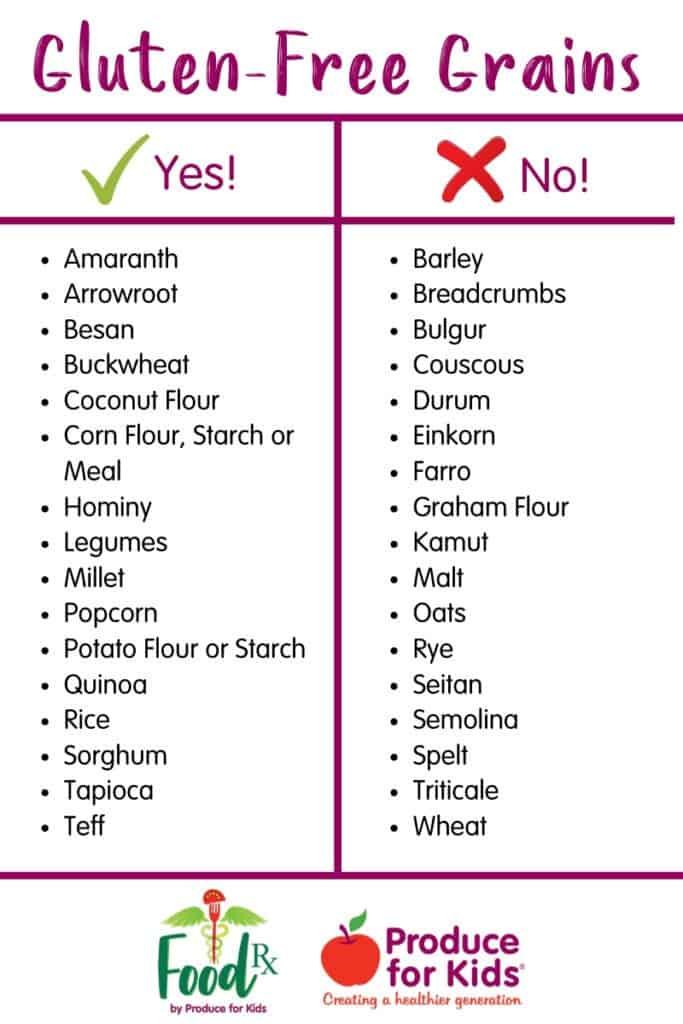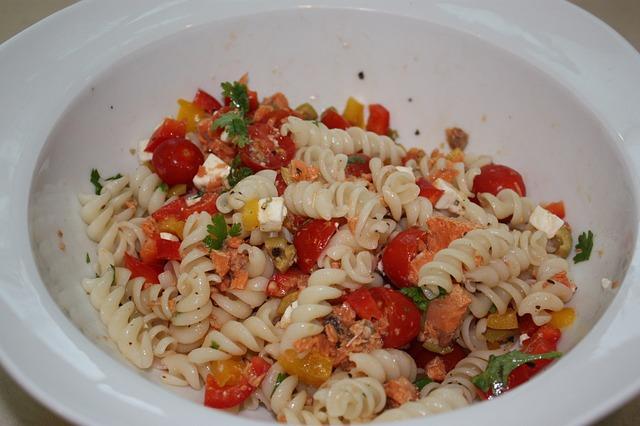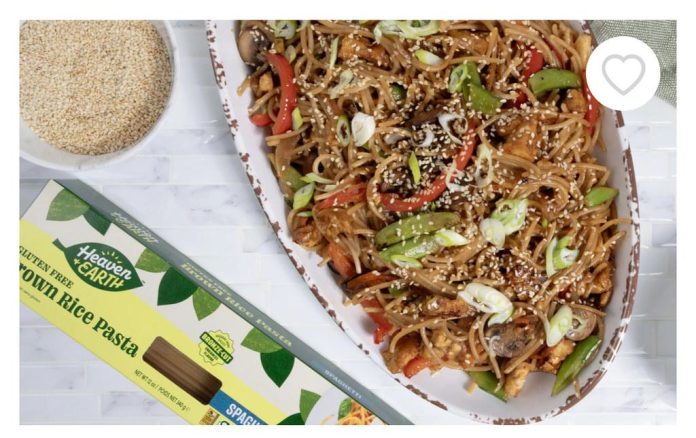In recent years, the gluten-free diet has soared in popularity, embraced by many not only as a necessity but as a lifestyle choice. It’s a path that promises relief for those with celiac disease and a sense of well-being for others seeking a healthier life. Yet, as with any journey, there are unexpected twists and turns. Hidden within the allure of gluten-free living are nutritional gaps that can quietly sneak up on even the most diligent followers. But fear not! Just as every cloud has a silver lining, these gaps present a golden opportunity to enrich and diversify your diet in ways you might never have imagined. Join us as we explore these surprising nutritional voids and uncover delicious, healthful solutions that promise to elevate your gluten-free adventure to new heights.
Unveiling the Hidden Nutrient Shortfalls in Your Gluten-Free Journey
Embarking on a gluten-free journey can be a transformative experience, offering relief from discomfort and a renewed sense of well-being. However, this path may inadvertently lead to unexpected nutritional voids. Without careful attention, essential nutrients can quietly slip through the cracks, leaving you with more than just a gluten-free lifestyle but also a diet that’s missing critical components.
To ensure you’re not unknowingly sacrificing your health, consider these often-overlooked nutrients that might be lacking:
- Fiber: Many gluten-free products lack the fiber found in whole grains, crucial for digestive health.
- Iron: Often missing in gluten-free diets, leading to fatigue and decreased immune function.
- B Vitamins: Particularly Vitamin B12 and Folate, vital for energy and brain health, might be underrepresented.
- Calcium: Essential for bone health, often overlooked in gluten-free diets.
- Zinc: Important for immune function and wound healing, can be deficient without gluten-containing grains.
Embrace your gluten-free lifestyle with optimism by creatively incorporating nutrient-rich alternatives. Explore the abundance of naturally gluten-free foods like quinoa, amaranth, and leafy greens to fill these nutritional gaps and maintain a balanced, vibrant diet.

Harnessing the Power of Whole Grains: Your Key to Balanced Nutrition
Adopting a gluten-free lifestyle can be a transformative journey, offering relief from discomfort and promoting overall well-being. However, it often inadvertently leads to some surprising nutritional gaps. Whole grains are a powerhouse of essential nutrients, but in the quest to avoid gluten, many miss out on these benefits. Gluten-free diets, when not carefully managed, may lack key vitamins and minerals such as:
- Fiber: Vital for digestive health, fiber is often found in whole grains like wheat and barley, which are absent in many gluten-free products.
- Iron: Crucial for maintaining energy levels, iron is abundant in whole grain sources that are typically avoided.
- B Vitamins: Essential for energy metabolism, B vitamins are naturally present in many gluten-containing grains.
- Magnesium: Important for bone health and enzyme function, often overlooked in a gluten-free diet.
Despite these challenges, there is an optimistic path forward. Incorporating naturally gluten-free whole grains such as quinoa, brown rice, and millet can help bridge these nutritional gaps. These grains not only provide the missing nutrients but also add delightful variety to your meals, ensuring a diet that is as nourishing as it is diverse. Embrace the possibilities of gluten-free whole grains, and unlock the door to a balanced, vibrant life.

Supercharge Your Gluten-Free Plate with Essential Vitamins and Minerals
When embracing a gluten-free lifestyle, it’s essential to be aware of potential nutritional shortfalls that might arise. Gluten-free diets can sometimes lack critical nutrients, but with a bit of creativity and knowledge, you can turn this challenge into an opportunity to enhance your overall nutrition. Unlock the full potential of your gluten-free meals by incorporating a variety of vitamins and minerals that support optimal health.
Consider adding the following powerhouse nutrients to your daily meals:
– Iron: Crucial for energy and vitality, iron can be found in gluten-free grains like quinoa and buckwheat, or in leafy greens such as spinach and kale.
– Calcium: Support your bone health with calcium-rich foods like fortified almond milk or chia seeds.
– Fiber: Boost your digestive health with fiber-packed options like sweet potatoes, lentils, and avocados.
– B Vitamins: These essential vitamins are key for energy production and can be sourced from eggs, legumes, and fortified gluten-free cereals.
– Magnesium: Found in nuts, seeds, and dark chocolate, magnesium helps maintain muscle and nerve function.
By consciously choosing to include these nutrient-rich foods, you’ll not only fill the gaps left by gluten-free diets but also create a vibrant and delicious plate that fuels your body and spirit. Embrace the abundance of naturally gluten-free options and turn your meals into a celebration of health and flavor.
Creative Meal Ideas to Bridge the Nutritional Divide in Gluten-Free Living
When embracing a gluten-free lifestyle, it’s essential to be aware of the potential nutritional gaps that might arise. While it’s easy to focus on the absence of gluten, we mustn’t overlook other critical nutrients that might inadvertently be missing from the diet. To creatively bridge these gaps, consider integrating foods that are rich in essential nutrients often lacking in gluten-free living, such as fiber, iron, and B vitamins.
- Quinoa and Amaranth: These ancient grains are gluten-free and packed with protein, iron, and fiber, making them excellent alternatives to typical gluten-laden grains.
- Chia Seeds: Rich in omega-3 fatty acids and fiber, chia seeds can be easily added to smoothies, yogurts, or even used as an egg substitute in baking.
- Dark Leafy Greens: Spinach, kale, and Swiss chard are powerhouses of iron and folate. Incorporate them into salads, smoothies, or sautéed dishes to boost your nutrient intake.
By mindfully including these nutrient-dense foods, individuals can enjoy a gluten-free diet without sacrificing essential vitamins and minerals. This approach not only fills nutritional voids but also enhances the overall flavor and variety of your meals, turning every dish into a culinary adventure.



